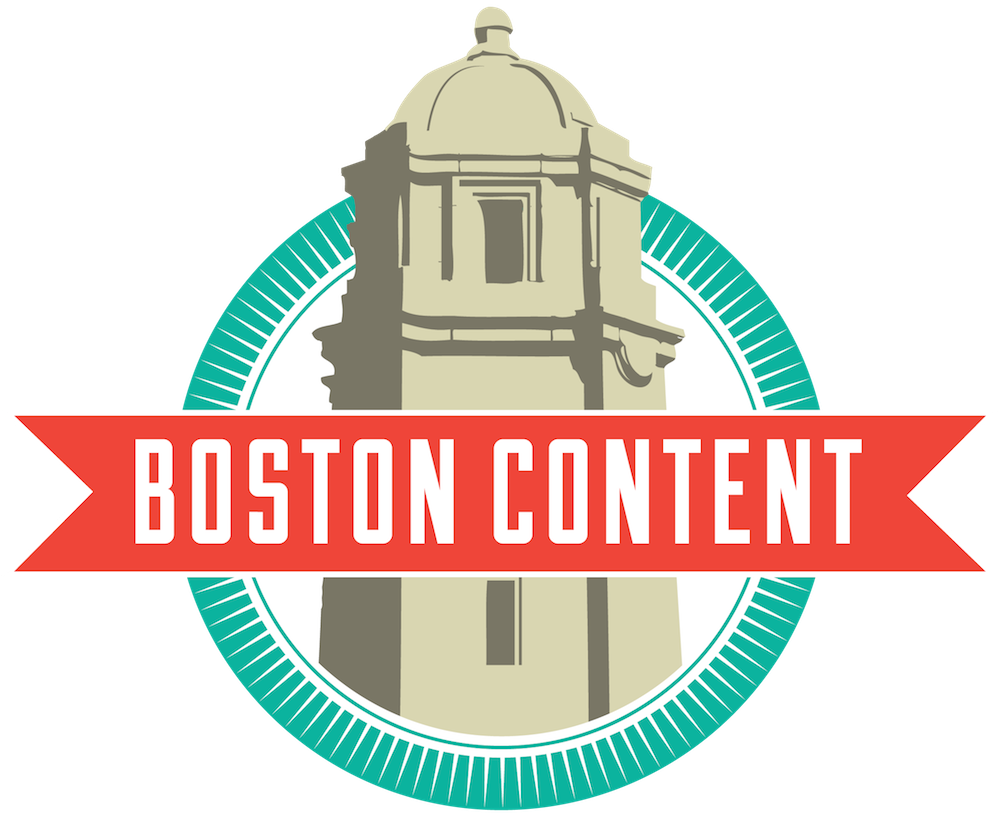By Elle Woulfe, Vice President of Marketing at PathFactory
Today’s consumers live in an on-demand world. We want groceries on our doorstep in two hours or less, taxis in just minutes, and our favorite TV series where we want it, when we want it, all with a quick swipe or tap.
A few years ago, it would have been hard to imagine any other company matching the kind of service that Amazon or Netflix delivered. However, from rideshare companies to restaurants, the on-demand economy has grown by 159 percent over the past three years, changing the way consumers buy — in both their personal and work lives.
“B2B consumers expect that the brand experiences they encounter in their professional lives will have the same sophistication and consistency as those they experience in their personal lives,” writes Forrester Analyst Steven Casey.
But what exactly does the on-demand experience look like in B2B? It’s all about using content to the deliver the journey that buyers expect. And that means anticipating what people want, and then giving it to them in the moment they need it.
Introducing the B2B consumer
Think about the last time you turned on Netflix. Rather than having to flick through each channel and decide whether or not you wanted to watch a show, you were immediately presented with your favorites, and you didn’t have to do a thing, other than watch.
Netflix uses AI to gather data about everything you watch, and then uses that data to recommend other shows you might also like. In fact, 80% of their views are driven by their recommendation engine. They make it easy to consume the content you love.
Now think about the experience your customers currently have when they consume your content. Can they effortlessly access that content like they can their favorite TV show? For many B2B marketers, the answer is no. Stuck in the old norms of gated content and email nurture campaigns, many brands make it hard for buyers to follow their own personal journey, which is something they really expect to do.
According to Forrester, more than two-thirds of buyers want to design their own journeys.
Just like Netflix knows when we’re ready to binge on five episodes of Orange Is The New Black, B2B buyers want vendors to know what content they want to consume next, and then serve it up for them, ready to consume.
Fueling the customer journey through content
B2B buyers consume a lot of content. They have to. In order to be confident that they’re making the right investment, they need to back their decisions with data.
Google’s Zero Moment of Truth study puts the number at 10.4 pieces of content consumed per big-ticket purchase. Not only that, but since purchases are typically made by committee, 10 buyers have to review that content (and many of them may need different content). Much of this happens before they even talk to a sales person.
Even though buyers consume so much content, it doesn’t necessarily mean we have to keep making more of it. There’s been a 300% increase in content creation over the past several years. More blog posts. More whitepapers. More of anything we hope a customer will stumble across. The problem is, only 5% of the content created drives 90% of customer engagement. This means buyers are only finding and consuming a tiny portion of the mountains of content we create.
With so much content, it’s almost impossible for people to know which pieces are most valuable for them at which stage of the buying process. It’s not always obvious when it’s buried at the bottom of a resource center, under a pile of other blog posts, or in the middle of a nurture stream.
That’s why it’s important to understand how buyers are interacting with your content, and the quality of those interactions. This could include: how long they watched a video, read your eBook, or how many minutes they spent on your latest infographic. Not only that, but also which content they liked best, which topics are of most interest, what you should serve up next time, and which action you should take at that very moment to help them along their journey.
It may seem like a tall order, but once you start collecting some of this data, and using it to generate recommendations for your buyers and insight for your marketing organization, everything you’re already doing just gets better.
Get started with data-driven content experiences
Passing on better information about accounts and prospects is the number one challenge facing sales and marketing teams, so you need to be ready. But you have to know who your customers are first, and how they behave.
Keep your customers engaged with the journeys they expect. Know where they are in their journey so you know where to take them next. Make it easy for them to discover and consume content. And respond in real-time with recommendations to suit their behaviors and needs.
By giving your customers what they want, when they want it, they won’t need to go anywhere else.
Elle Woulfe is a revenue-focused marketer with expertise in digital marketing and demand generation. As the VP of Marketing for Toronto-based martech company PathFactory, Elle is responsible for cultivating awareness and turning interest into pipeline. A veteran in the marketing technology industry, she previously held senior demand generation roles at Lattice Engines and Eloqua.


